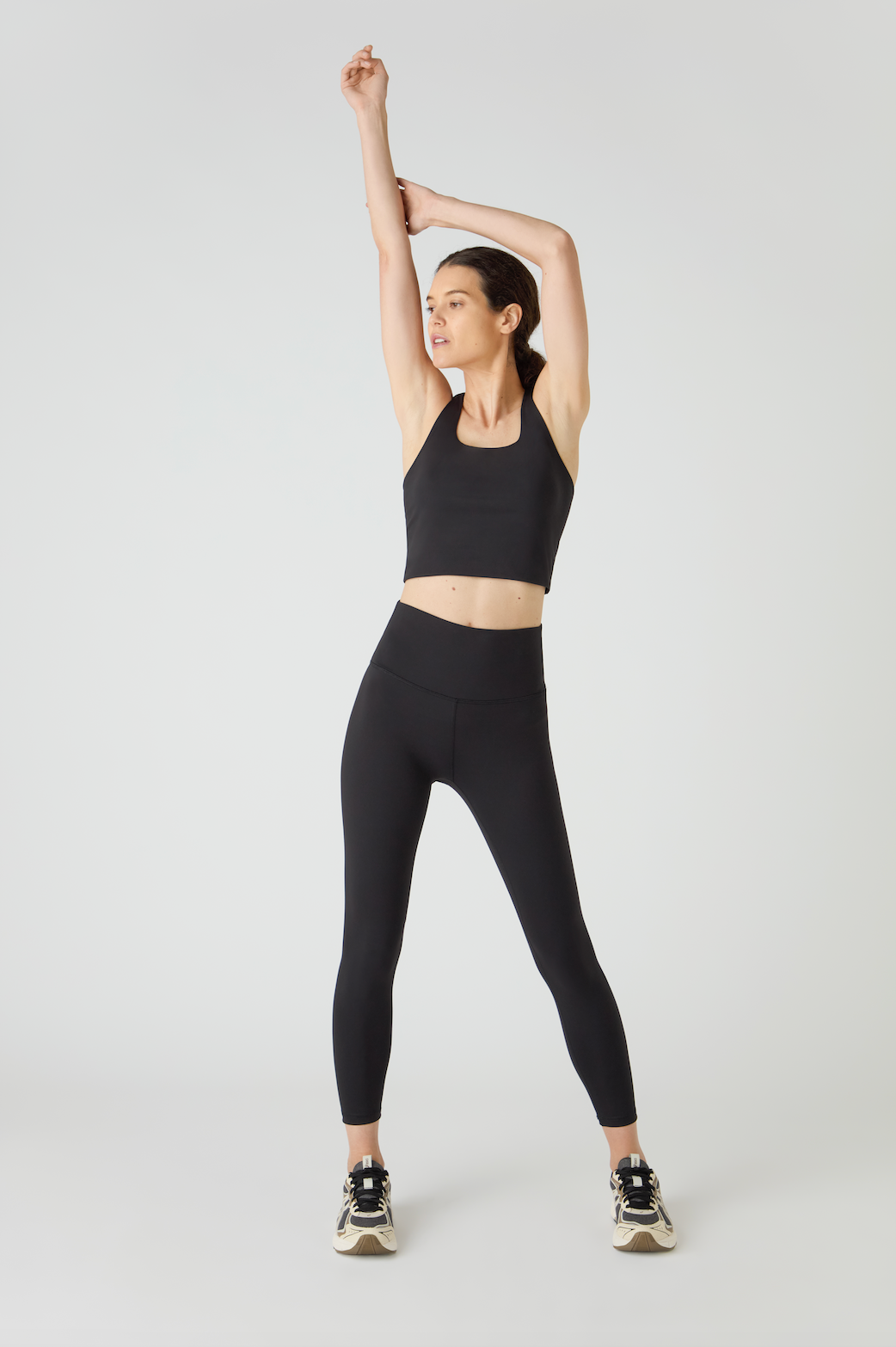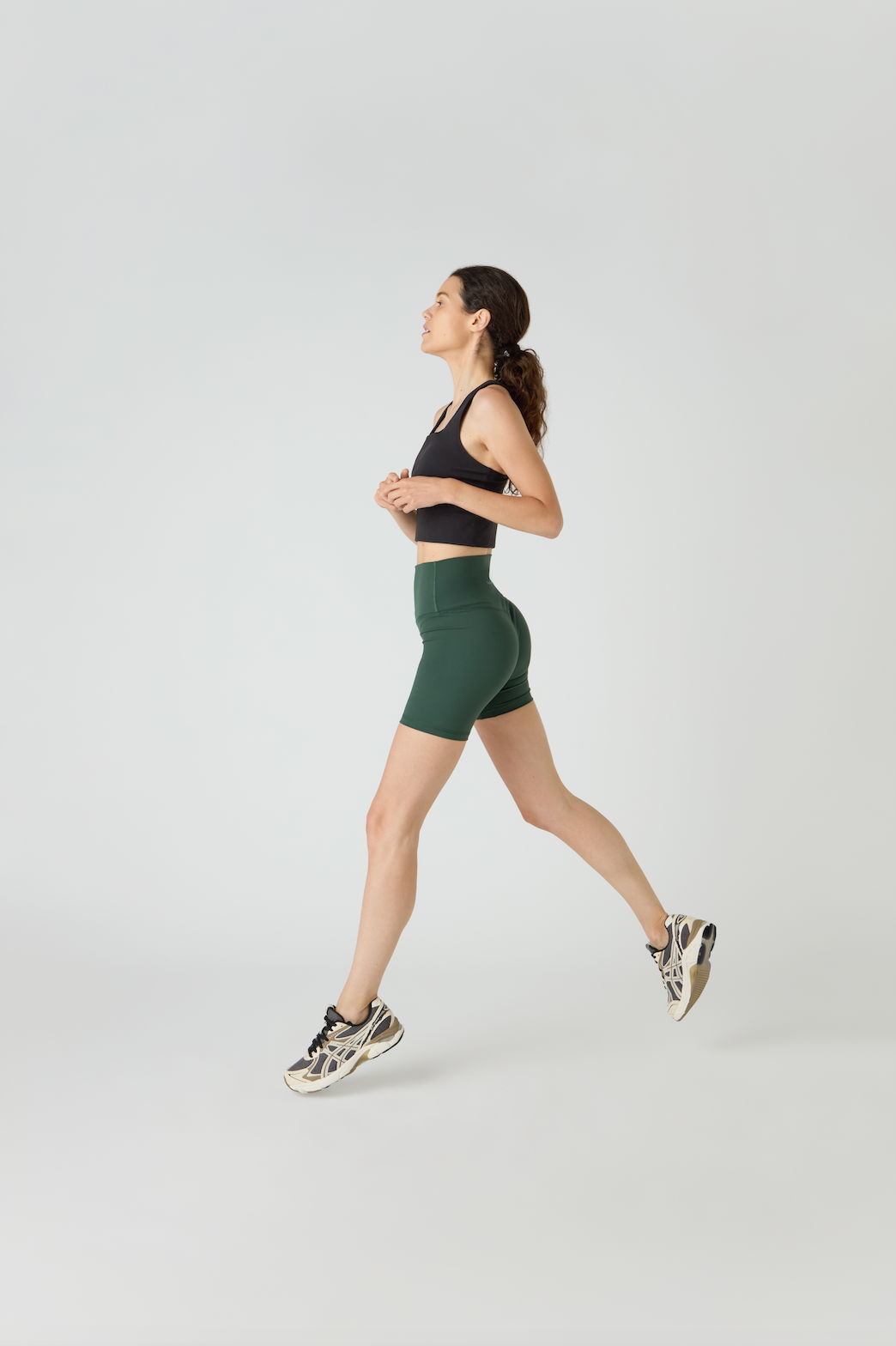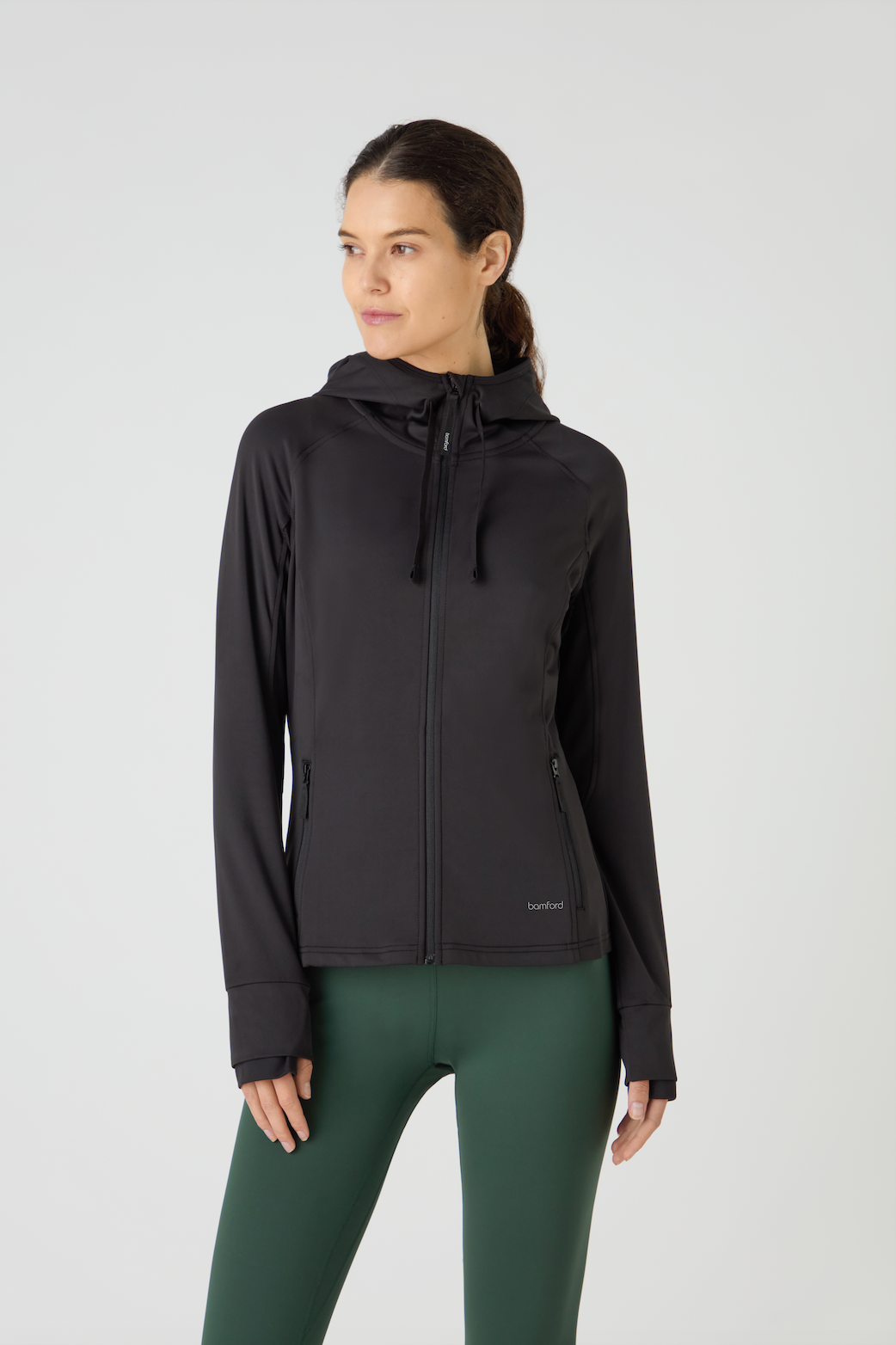Bamford activewear is the perfect investment for running, designed to support both performance and comfort. Crafted from fabrics that move with you and stand up to sweat, it effortlessly transitions from workout to relaxation. Whether you're running, stretching, or seeking the ideal pieces to carry you from the gym to the rest of your day, explore our new active collection.


HOW TO BECOME A RUNNER
Thinking about starting your running journey but not too sure where to begin? We sat down with Onetrack Club founder, Fletch, to gather his top tips for becoming a runner. Whether you're a complete beginner or looking to improve your performance, Fletch shares his expert advice on everything from setting up a routine to avoiding common pitfalls. Discover how you can build on your training with confidence and make running a rewarding part of your life.




STARTING OUT: THE FIRST FEW WEEKS
If you’ve never run before, how do you start? The temptation is to just put on your trainers and start running. While it's fantastic that you're motivated, many injuries occur from doing too much too soon. Thinking long-term is essential. A typical week might consist of:
-
2 long walks (40-60 minutes)
-
1-2 strength sessions
-
1 run + walk interval
Try this for 2-3 weeks, gradually increasing the duration of your activities and incorporating faster pacing. Enjoy taking it easy and building the habit. Additionally, incorporating daily mobility exercises is highly recommended.
BEFORE YOU START RUNNING
Before you start, understand that motivation isn't constant. There will be tough days, bad weather and times when you don’t feel like running. Consistency is key. The Onetrack Club app can be an excellent accountability tool, providing guidance and support through virtual coaching.
HOW OFTEN SHOULD YOU RUN?
The frequency of running depends on several factors: your availability, time to recover and your goals. In the early days, not every session will be a run. Walking engages the same muscles as running but with less stress. Mixing up the intensity of your runs is beneficial. Some sessions should be easy (a long, fast walk rather than a short, easy run), some should be fast with breaks, and some at race pace once you’re feeling up to it.


HOW FAST SHOULD BEGINNERS RUN?
Running speed is related to duration. Most of us can sprint for 20 metres much faster than we can run a marathon. This speed-time relationship is unique to you. This is where we’d recommend joining OneTrack Run Club X The Club by Bamford every Saturday at 8:30am. Receive expert coaching and 1-1 guidance on how to get started, monitor your pace and track your progress.
LEVELLING UP YOUR RUNNING
Aim to gradually increase your running efforts weekly to progressively stress your body. Occasionally, plan recovery weeks. Add 10 minutes to your long session, an extra 30-second interval, or push 10 seconds per kilometre faster in a tempo rep. Remember, harder work requires more recovery. Improvement often feels easier but remember that fluctuations are normal. Consistency over months is the key.
INJURY PREVENTION
Injury prevention should be a priority from the beginning. Simply putting on your trainers and running isn't enough. Prepping your body properly will improve your performance and reduce the risk of injuries. Strength training is a key part to injury prevention, ensuring that your body can take on each run. The Club Fitness Team can provide 1-1 personal training sessions to support your running journey too.
MAINTAIN MOMENTUM
Set a goal and smaller milestones to keep you motivated. Connect with others working towards the same goal, either virtually or in person. Our weekly OneTrack Run Club is a great way to connect with the running community and celebrate the big and small wins every session.






